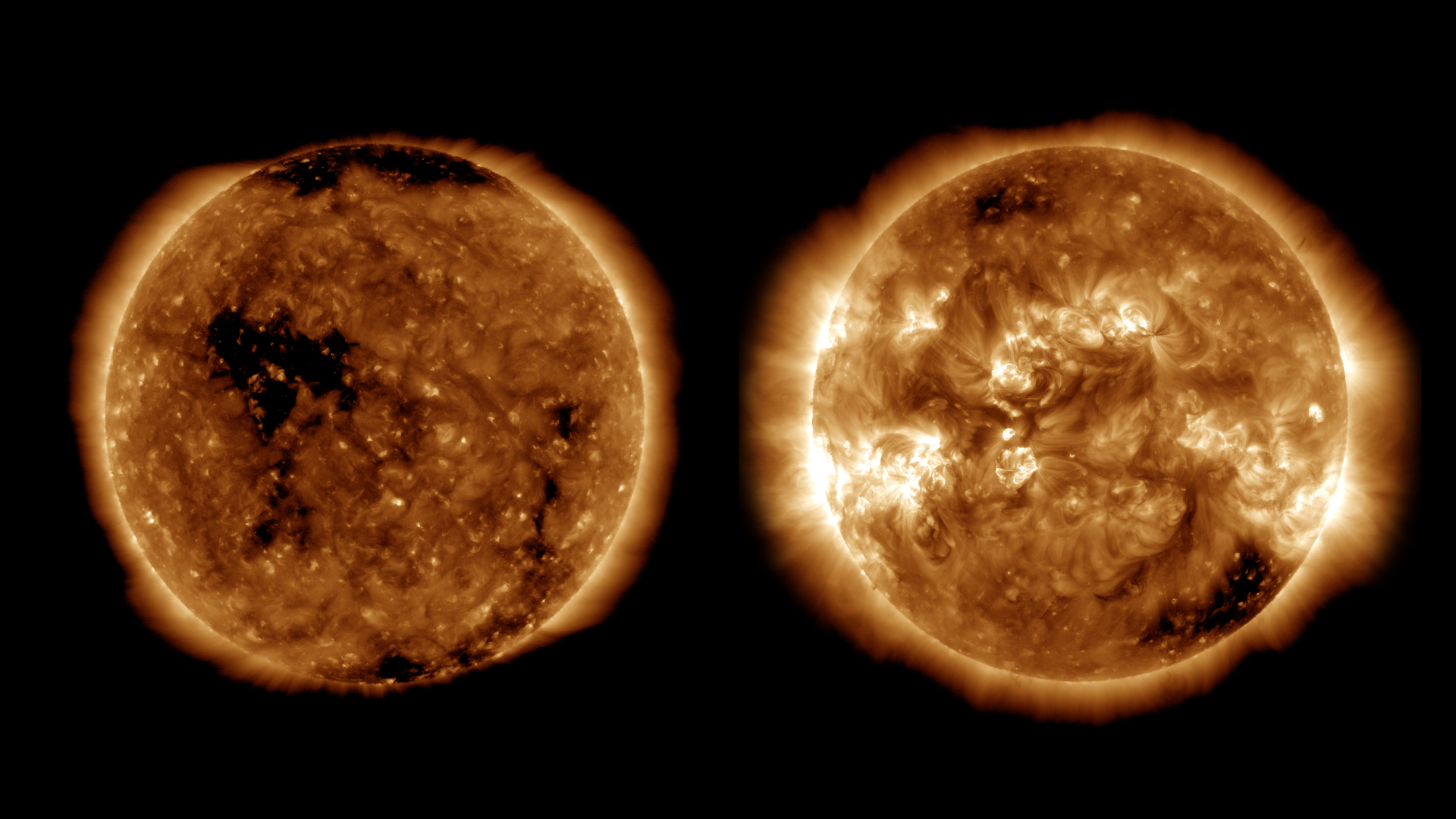NASA has officially confirmed that the sun heads into its new cycle called Solar Cycle 25. The scientists have predicted that the new activity phase will comparatively be calm. Here’s all you need to understand about the new solar forecast.
National Aeronautics and Space Administration (NASA) has officially confirmed that we have now entered Solar Cycle 25. The Sun has entered a new solar cycle, the 25th since reliable records of solar activity begun. Ever since we started to track the sun’s dark blemishes in earnest, humans have noticed a pattern of activity that repeats roughly every 11 years.
The new cycle will expectedly look similar to its forerunner Solar cycle 24, which ran from 2008 to 2019. According to the researchers, the Solar Cycle 25 commenced in December 2019, but the announcement comes now as it can take 10 months to calculate the cycle since the level of activity of the sun keeps changing making it difficult for the scientists to predict and confirm the new activity phase.
What does sun’s new cycle mean?
According to a panel made of experts from NASA and the National Oceanic and Atmospheric Administration (NOAA), the sun marked the start of cycle number 25. Till now, there have been 24 of these cycles since observations were first recorded in the mid-18th century.
Researchers believe that Solar Cycle 25 will reach its peak in 2025. It is presumed that number 25 will be a less active cycle, and is expected to be of a similar activity level as Cycle 24 that ended in December 2019. Scientists have noticed that the sun changes its cycle every 11 years, and variations in the sun’s behaviour make it impossible to identify a fresh start until it is passed.
Though Solar Cycle 25 is unlikely to be explosive, it will take another five years to see what exactly is going to happen. Number 24 was relatively quiet, after all, but mostly by comparison with preceding cycles which were somewhat stronger than usual.
How scientists around the world track Solar Cycle?
Despite careful recording of these (11-year) cycles for years now, scientists are unable to build a mechanism behind these cycles. The best way to determine the sun’s changing pattern is to observe changes in its magnetic fields, which are in turn driven by complex currents of flowing plasma deep within. It is important to remember that solar activity never stops as it emerges from solar minimum and reaches solar maximum.
While the cycle of highs and lows takes place over 11 years, it is more accurately a reflection of a large 22-year cycle defined by a complete overturn in the Sun’s polarity. Every 11 years the poles swap, returning to place at the end of the next loop.
Why Solar Cycle is important?
While some cycles are quiet, and some cycles are active, this transition helps scientists and researchers to predict space weather better. Weather in space is dictated largely by outbursts of charged plasma and radiation that blows in a violent manner out in space, especially during solar maximums.
Solar Cycle tends to be important to us because the sun affects our daily lives and its impact is real. These cycles have its effect on radio communication and on astronauts who are exposed to high-speed protons and X-rays in the space atmosphere. Fortunately, we don’t have to be much concerned about these Solar Cycles as down here on the surface of the earth, we are shielded by kilometres of the atmosphere.

